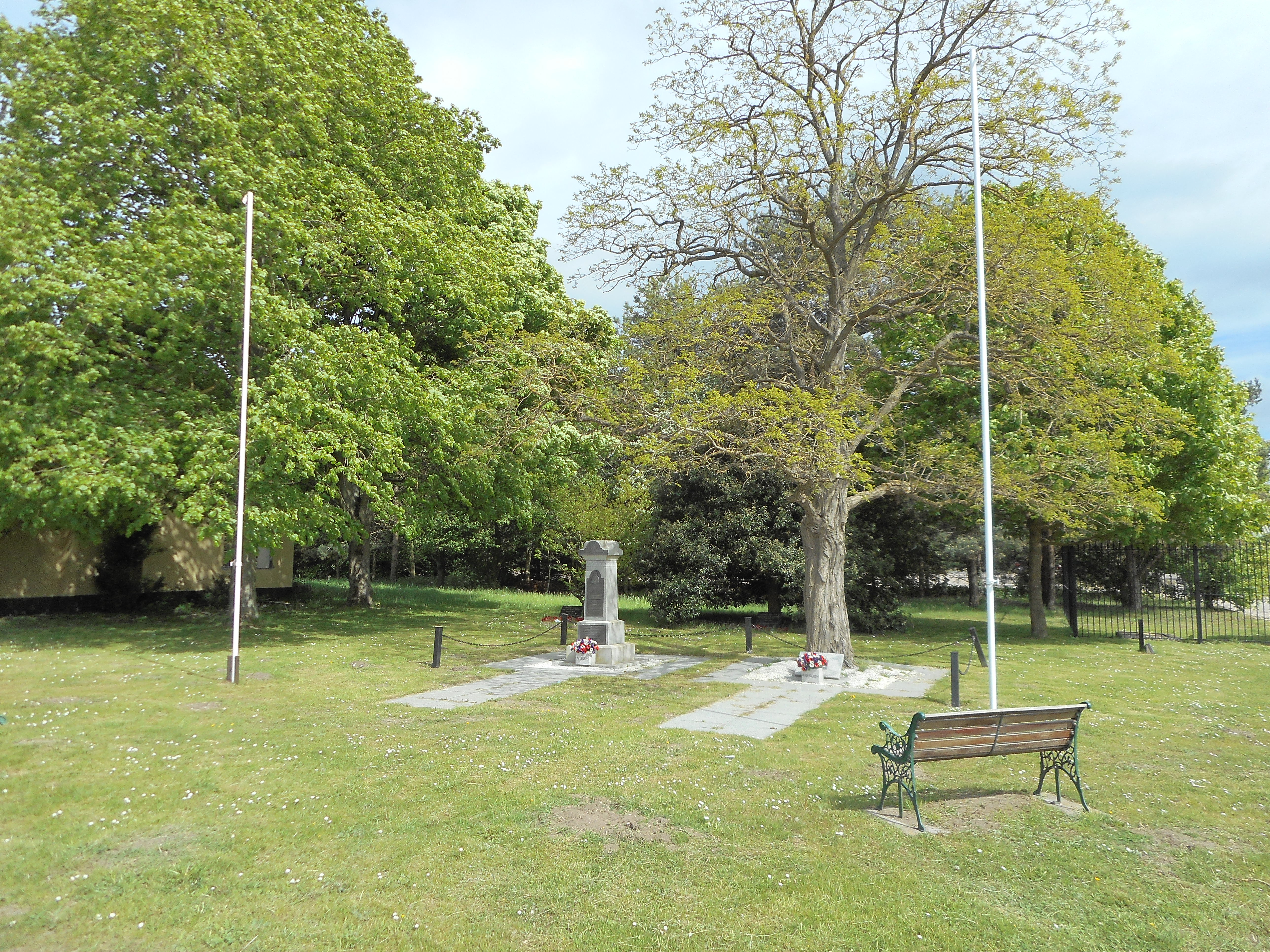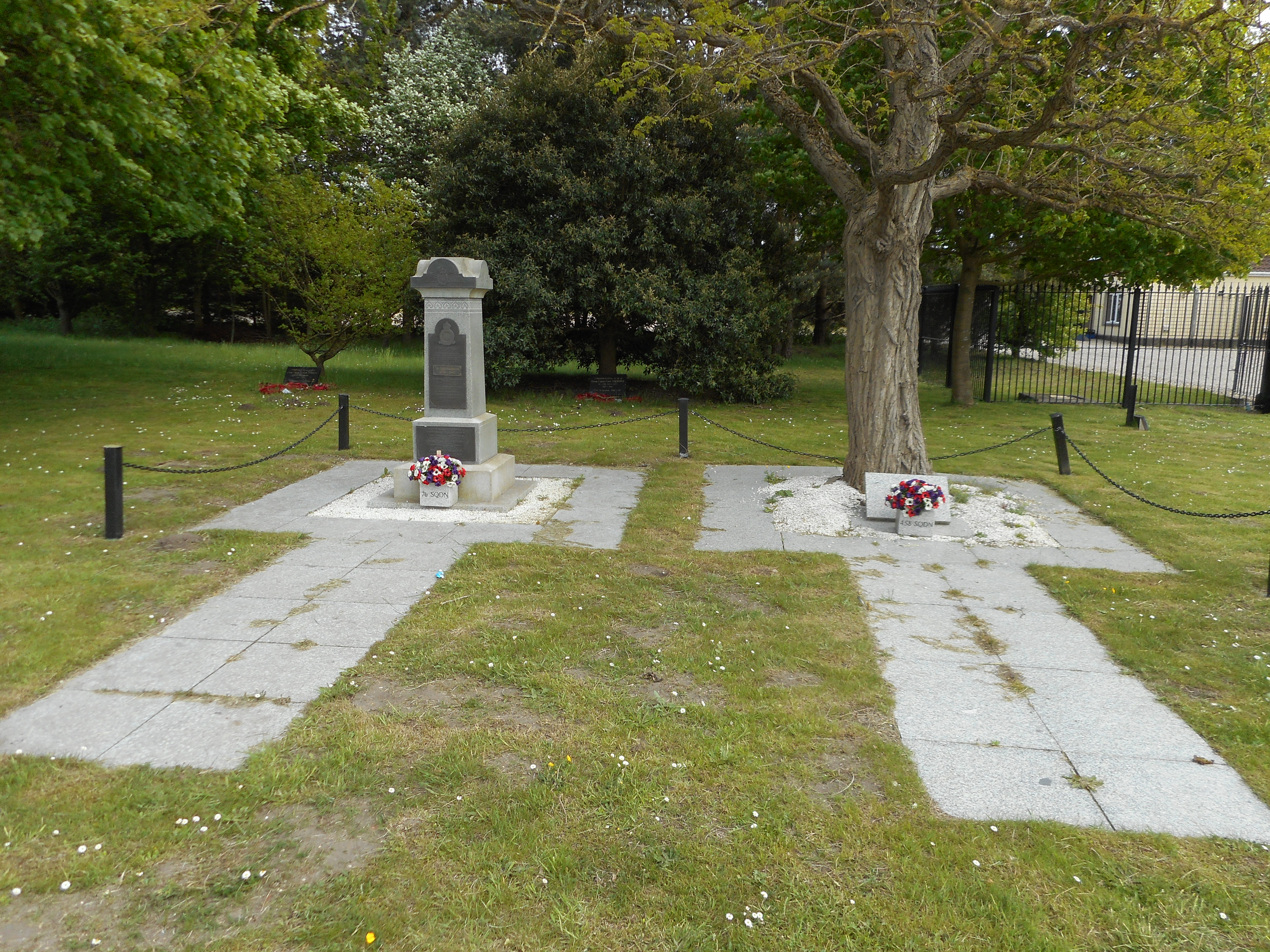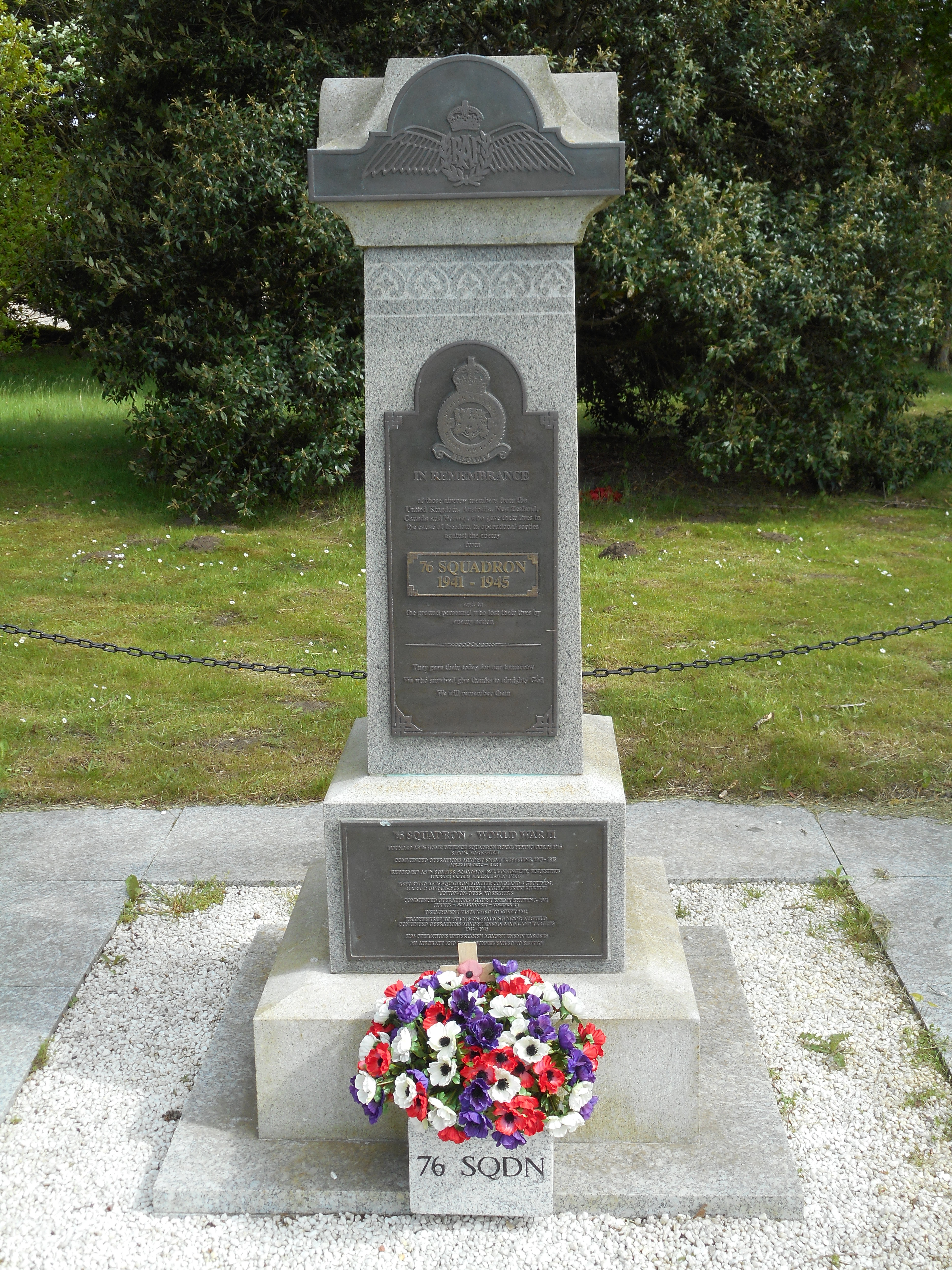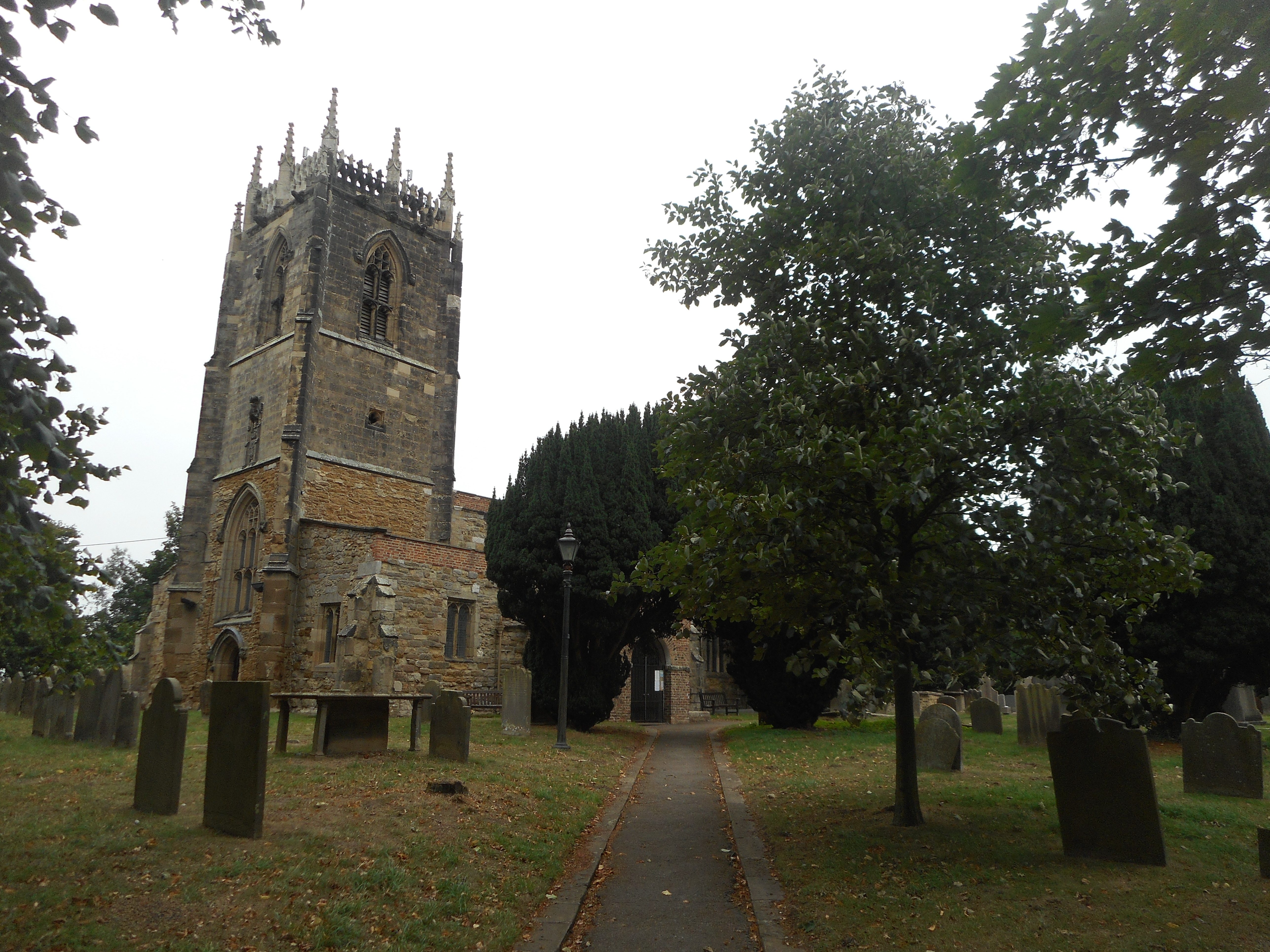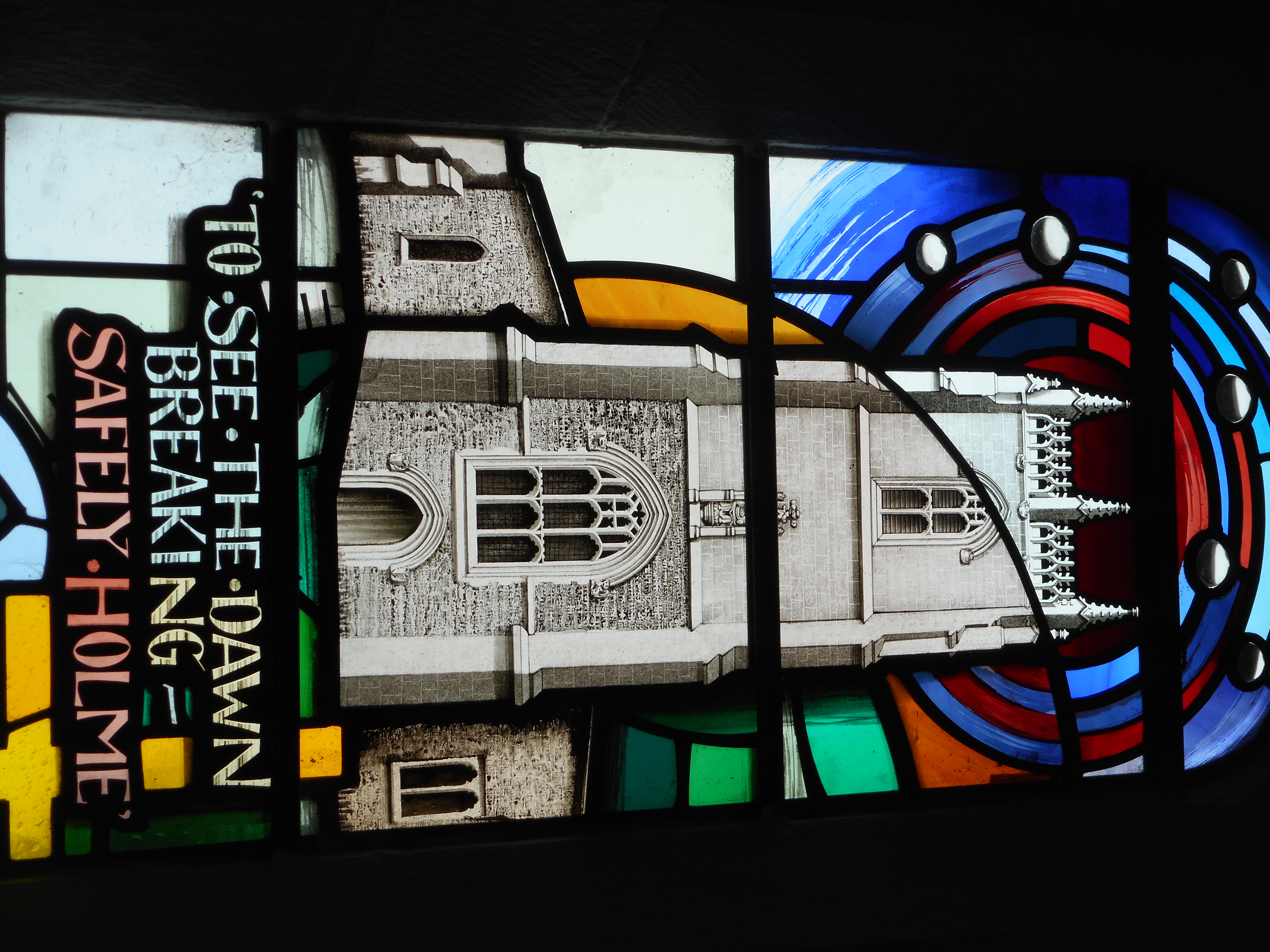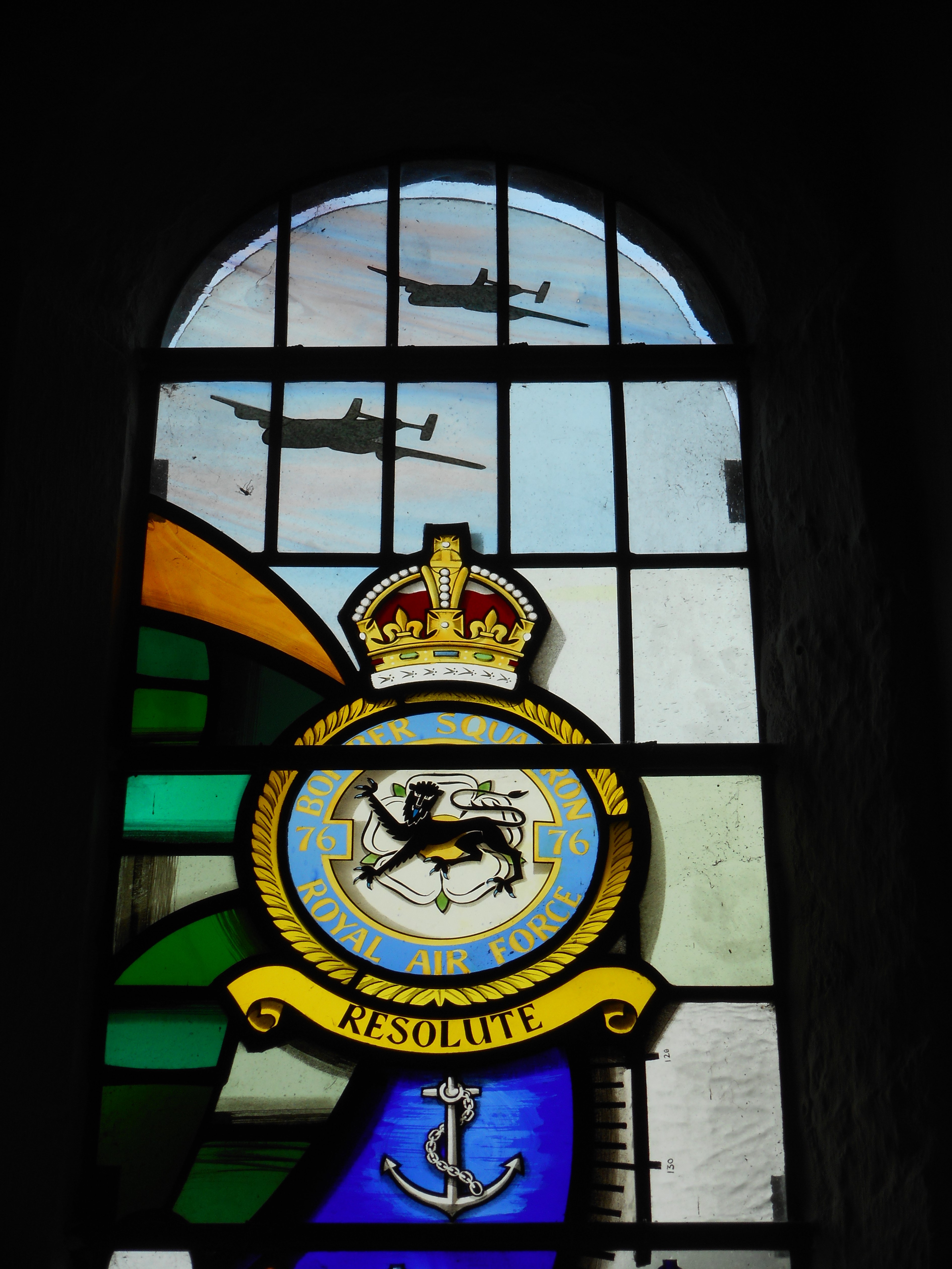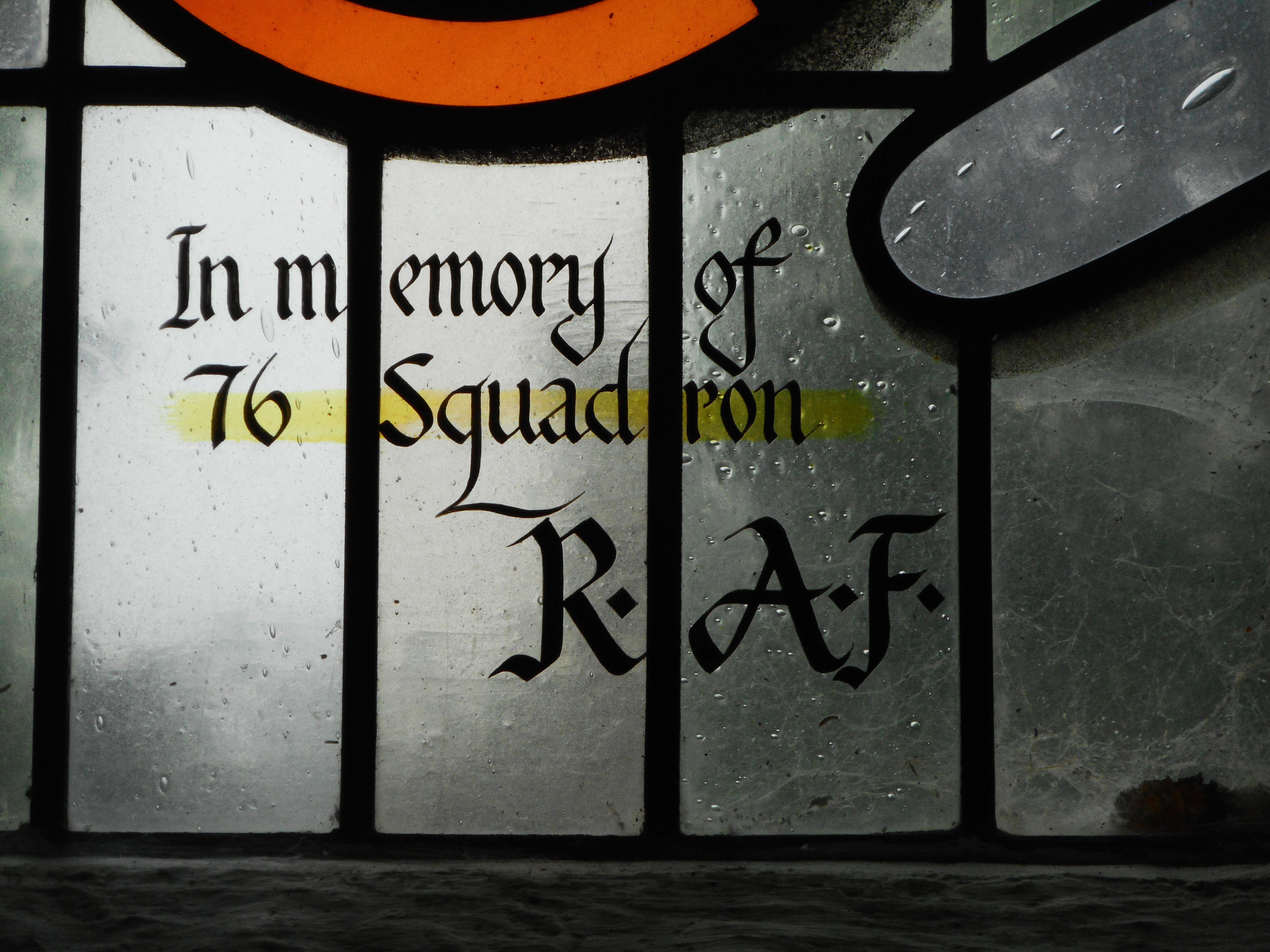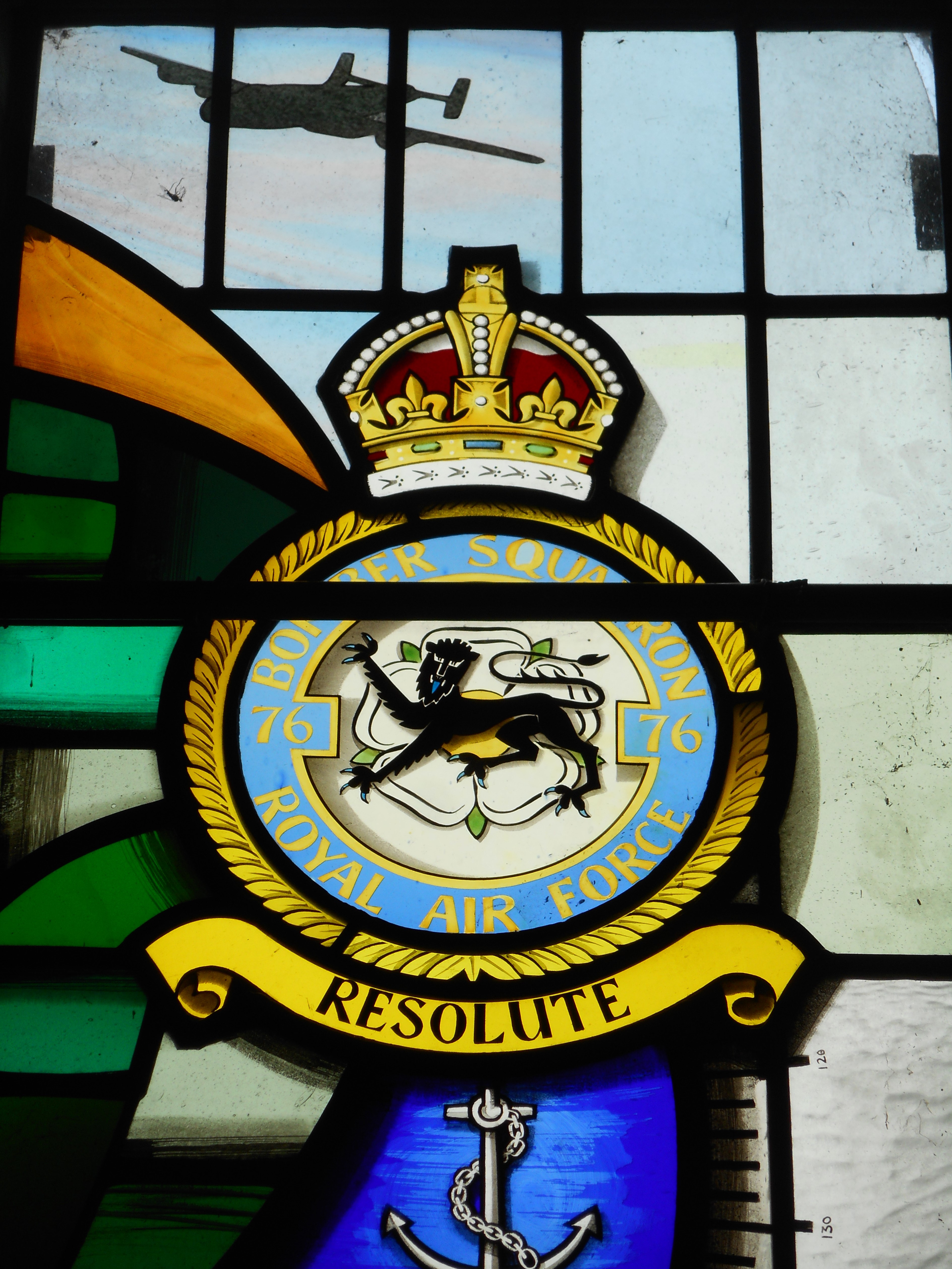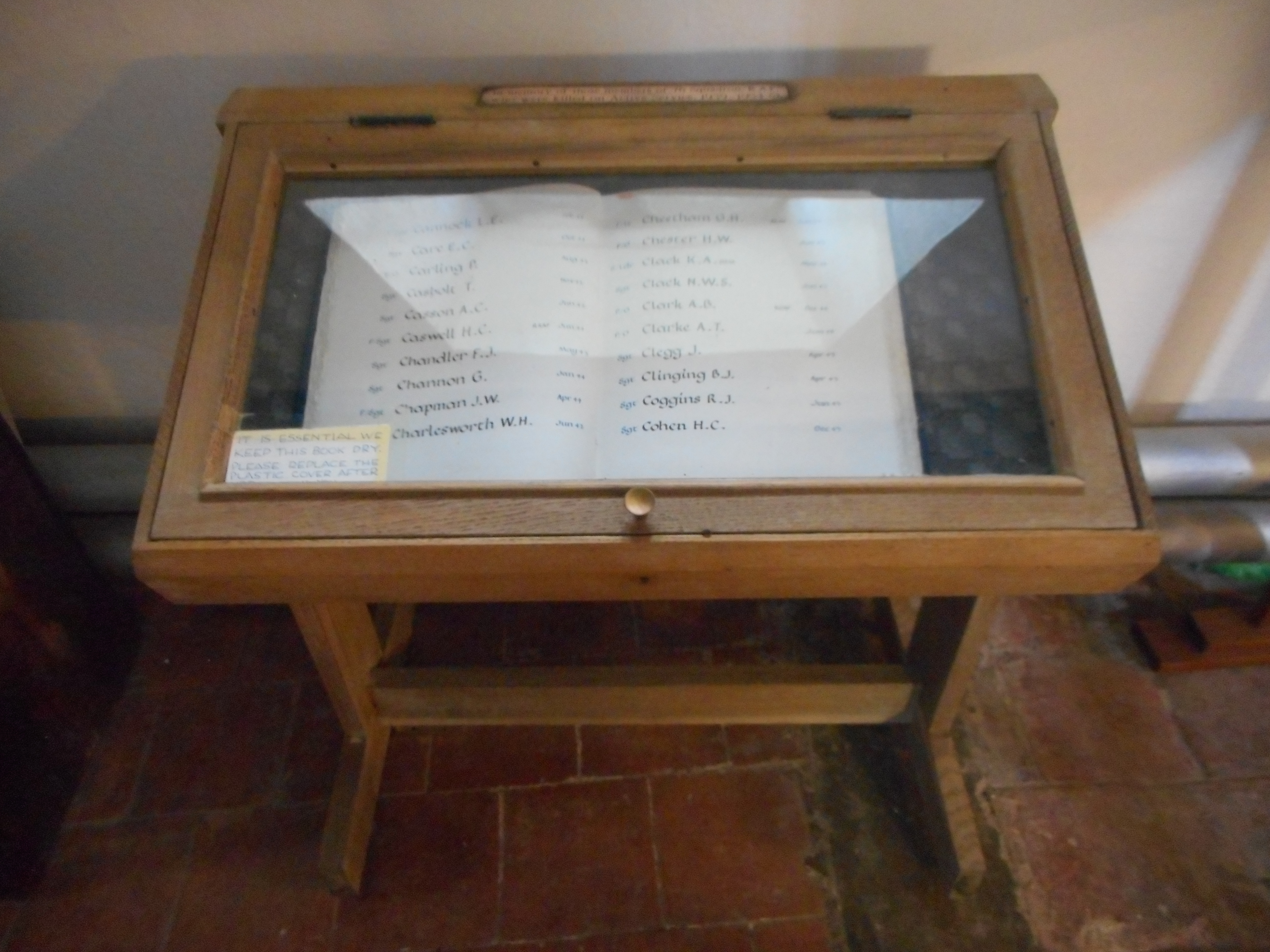Woolf, DeVoe
Personal Information
| Rank | F/O |
| Forename(s) | DeVoe |
| Surname | Woolf |
| Gender | M |
| Age | 22 |
| Decorations | |
| Date of Death | 26-12-1944 |
| Next of Kin | Son of Andrew Bates Woolf and Mary Woolf (née Wright), of Cardston, Alberta, Canada. Husband of Persia Layton Woolf (néé Newby). Marriage 13 July 1942 at Lethbridge. Father of Phillip Dee Woolf (born 2 February 1943 but sadly died on 29 November 1946 aged only four years). They lived in Glenwoodville, Alberta |
Aircraft Information
| Aircraft | Handley Page Halifax III |
| Serial Number | MZ740 |
| Markings | MP-R |
Memorial Information
| Burial/Memorial Country | Belgium |
| Burial/Memorial Place | Hotton War Cemetery |
| Grave Reference | III. C. 7. |
| Epitaph |
IBCC Memorial Information
| Phase | 2 |
| Panel Number | 269 |
Enlistment Information
| Service Number | J/186900 |
| Service | Royal Canadian Air Force |
| Group | 4 |
| Squadron | 76 |
| Trade | Pilot |
| Country of Origin | Canada |
Other Memorials
| Location | Behind old Main Guardroom, former Holme On Spalding Moor Airfield, East Yorkshire |
| Country | United Kingdom |
| Memorial Type | Stone Pillar with inscribed Metal Plaques |
| Memorial Text | In Remembrance of the aircrew members from the UK,Australia,New Zealand,Canada and Norway,who gave their lives in the cause of freedom in operational sorties against the enemy from 76 Sqn 1941-1945 and to the ground personal who lost their lives by enemy |
| Location | All Saints Church, Holme On Spalding Moor, East Yorkshire |
| Country | United Kingdom |
| Memorial Type | Stained Glass Window and Roll of Honour within Wooden Box with inscribed Metal Plaque |
| Memorial Text | S G Window In memory of 76 Sqn R.A.F / Roll of honour In memory of those members of 76 Sqn R.A.F who were killed on active service 1939-1954 |
Miscellaneous Information
| DeVoe was born in Cardston Alberta, on 18 August 1922. His father, a farmer, was born in America, a veteran of WWI, and his mother was born in England. They settled in Hill Spring, Alberta and DeVoe had six brothers and three sisters. He went to the Public School from 1928-1936 and then the High School between 1936-1941. Between 1941- 1942, DeVoe worked as a Service Station Operator in Hill Spring. |
| He enlisted 22 July 1942 at Calgary and after training embarked from New York on 8 October 1943, arriving in the U.K. on 16 October 1943. After 3 PRC he went to 11(P) AFU, 30 November 1943, 24 OTU, and 61 Base on 11 June 1944. |
Commonwealth War Graves Commission
The National Archives
| Record of Events (Operational Record Book) AIR 27/653/6 |
| Summary of Events (Operational Record Book) AIR 27/653/5 |
Fellow Servicemen
Last Operation Information
| Start Date | 26-12-1944 |
| End Date | 26-12-1944 |
| Takeoff Station | Holme-on-Spalding-Moor |
| Day/Night Raid | Day |
| Operation | St. Vith- to attack enemy troop positions. This raid had been delayed due to bad weather conditions in the target area. 294 aircraft, 2 losses (0.7%). Accurate and concentrated bombing. |
| Reason for Loss | Hit by flak, shattering the nose section. Crashed into woods moments later in Luxembourg |
